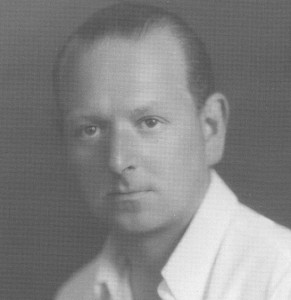Who was Dr. Bach?

Who was Dr. Bach? Dr. Edward Bach (b. 1886; d. 1936) was a British surgeon, bacteriologist, immunologist and homeopathic researcher who developed a philosophy of healing that led to the invention of “flower essences” as a new type of medicine. As the discoverer of the famed Bach Nosodes (vaccines developed from gut bacteria that led to him being dubbed “the second Hahnemann”), Bach wanted to advance his philosophy of simplicity in healing by finding medicines that neither used toxic substances nor involved complicated and costly production.
A natural empath, Dr. Bach was certain he would find his new medicines in simple plants in natural environs. Through a combination of intuition and empirical observation, Bach succeeded in discovering 37 plants and waters that were complementary healers to his early observations, made during his years as a private practitioner. These plants corresponded to commonly shared personality types and universally shared negative emotional states, which states created imbalances that he felt constituted the source of disease. From these he made the 39 essences that compose the repertory known as the Bach Flower Remedies, still in wide use today. His two booklets on the subject, Heal Thyself and The Twelve Healers and Other Remedies (found together in this book: The Bach Flower Remedies) are easily available and prove valuable reading. (You can read more about Dr Bach’s life here: http://www.bachcentre.com/centre/drbach.htm)
